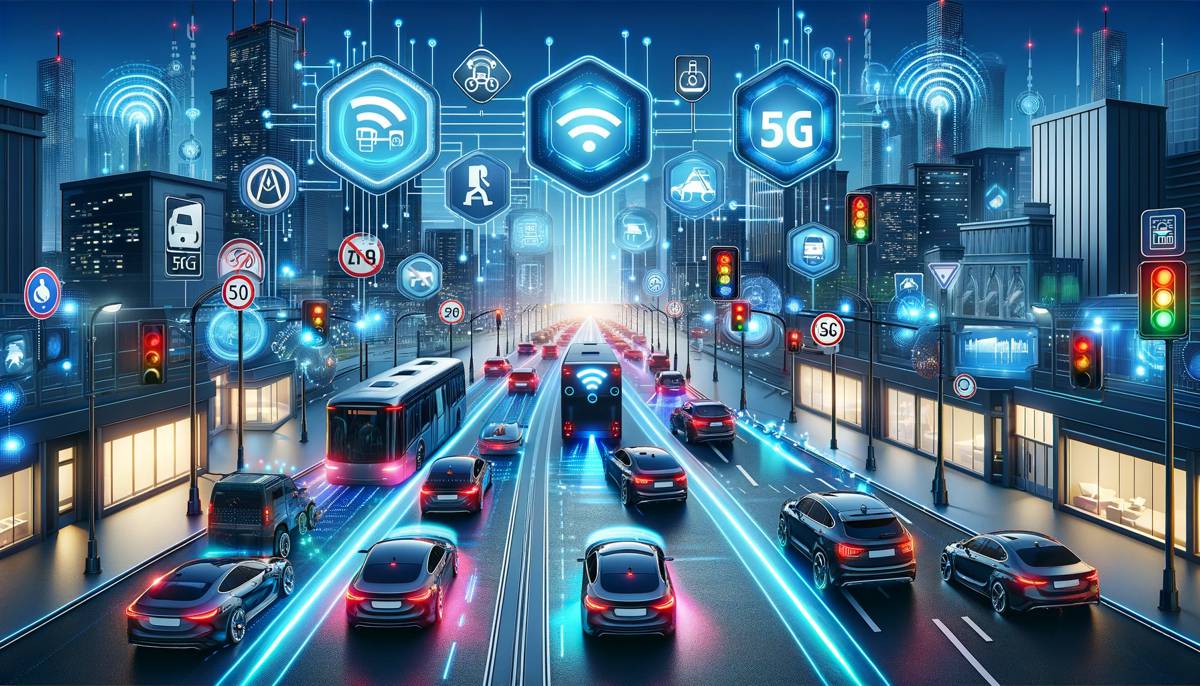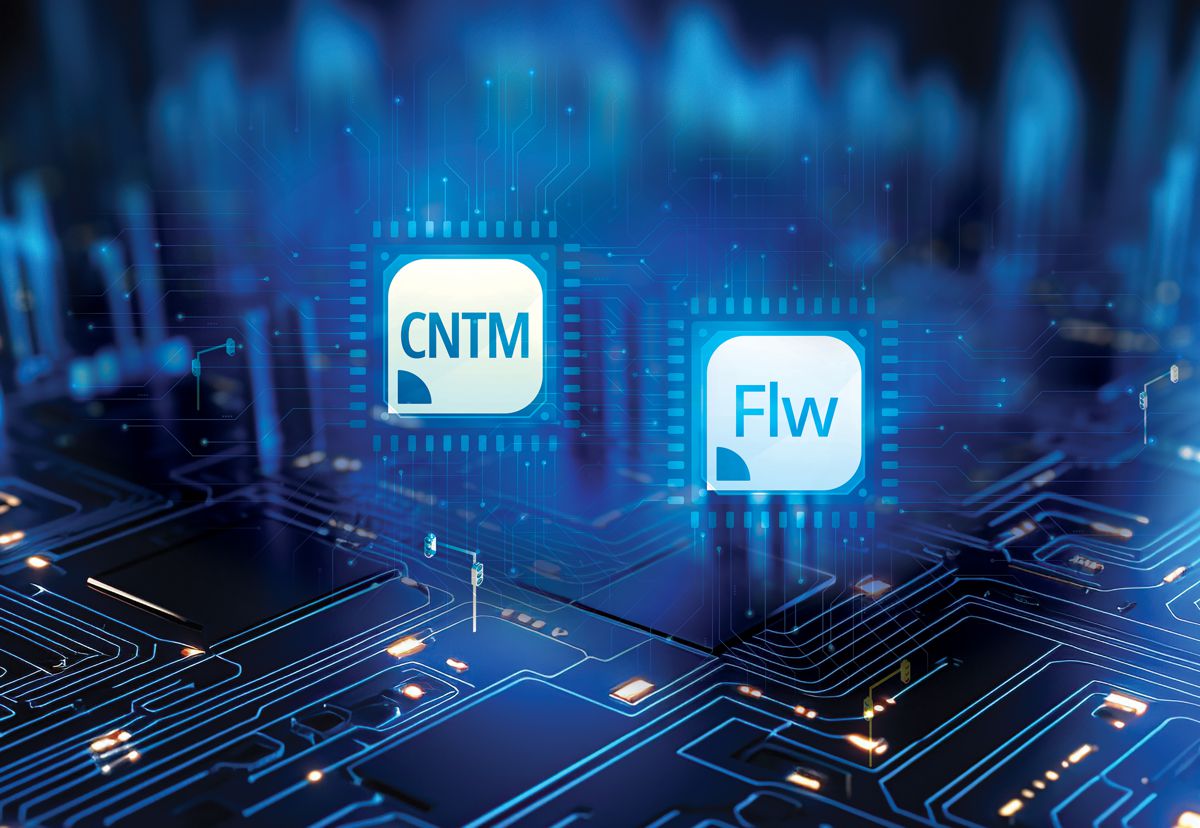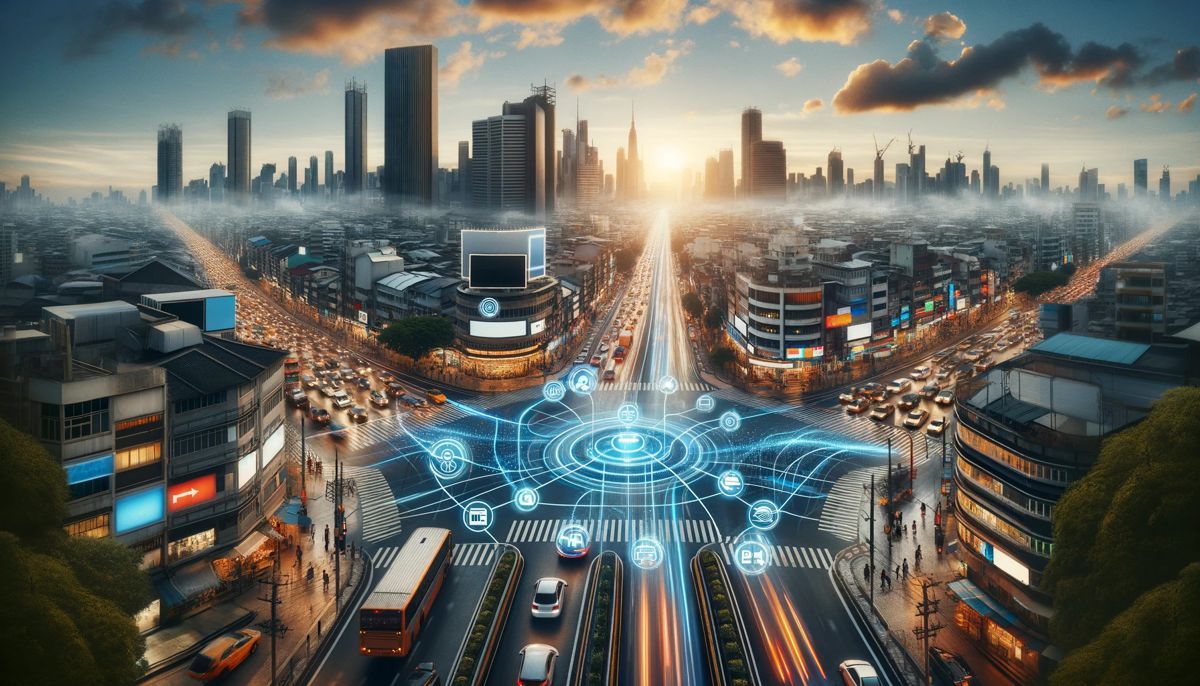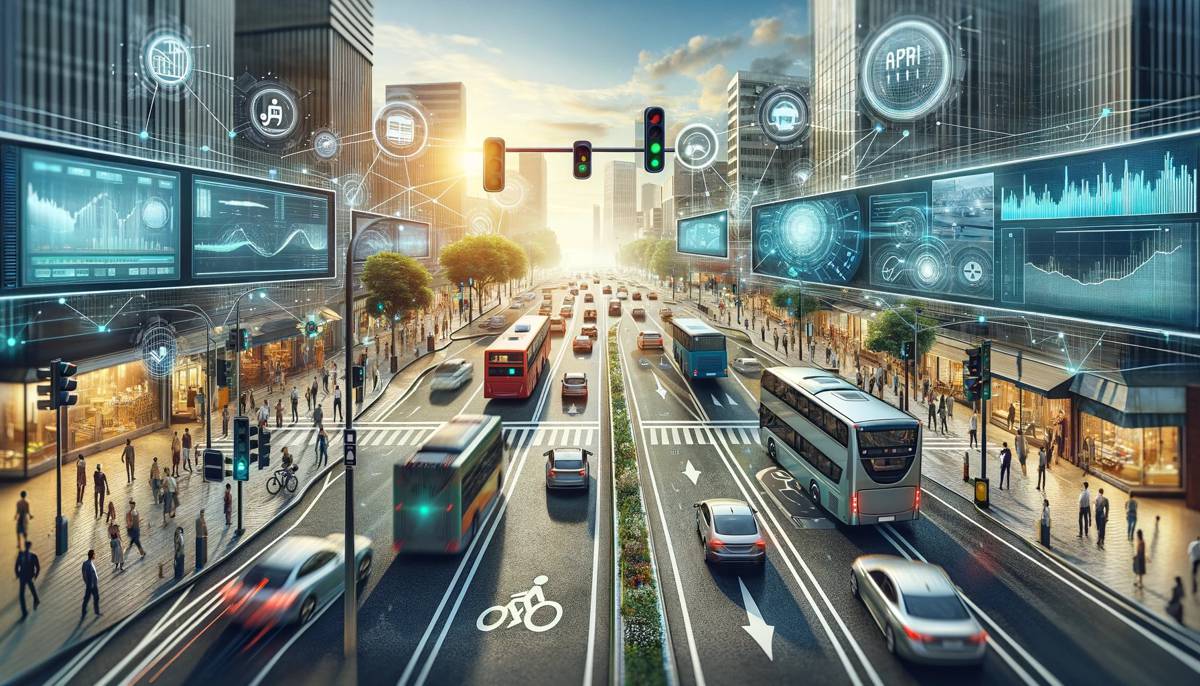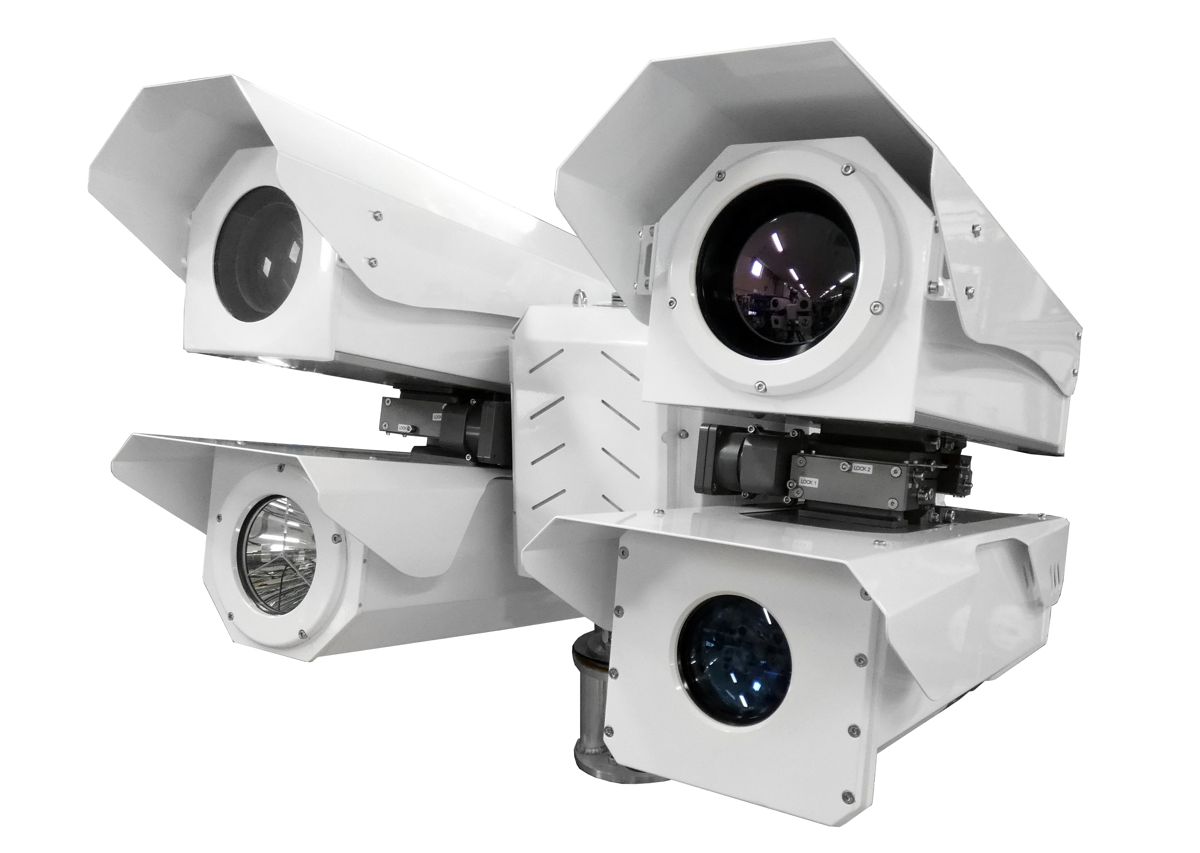Innovations in Security for Next-Gen Traffic Management Systems
Breathalysers and radar guns have been in use for quite some time, as part of traditional road traffic management and security measures. More recently, however, intelligent speed limit signs and flashing lights have begun alerting drivers to dangers while travelling from A to B.
Now, state-of-the-art technology can reduce traffic congestion, control pollutant emissions, and make a difference when addressing mobility needs; not only can new technology identify issues, but it can also aid in preventing accidents and injury.
Vehicle Connectivity
Drivers with newer vehicles now benefit from increased safety warnings, with 5G technology offering up improved, faster access to traffic hazards alerts, from accidents to weather conditions; some cars can even trigger calls for emergency services. Warning lights for blind spots now feature in more and more car mirrors, too. Vehicle connectivity systems are significantly contributing to improved traffic management and security.
Cell Phone Blocking Technology
Technology shoulders its share of responsibility for problems associated with road safety; cell phone use leading to distracted driving, for example, is now a principal cause of traffic collisions. Now, new cell phone blocking technology, often in the form of an app, blocks texts and phone calls while a vehicle is in motion. Advanced systems can also track vehicle speeds and other factors contributing to a lack of road safety and increased driving risks.
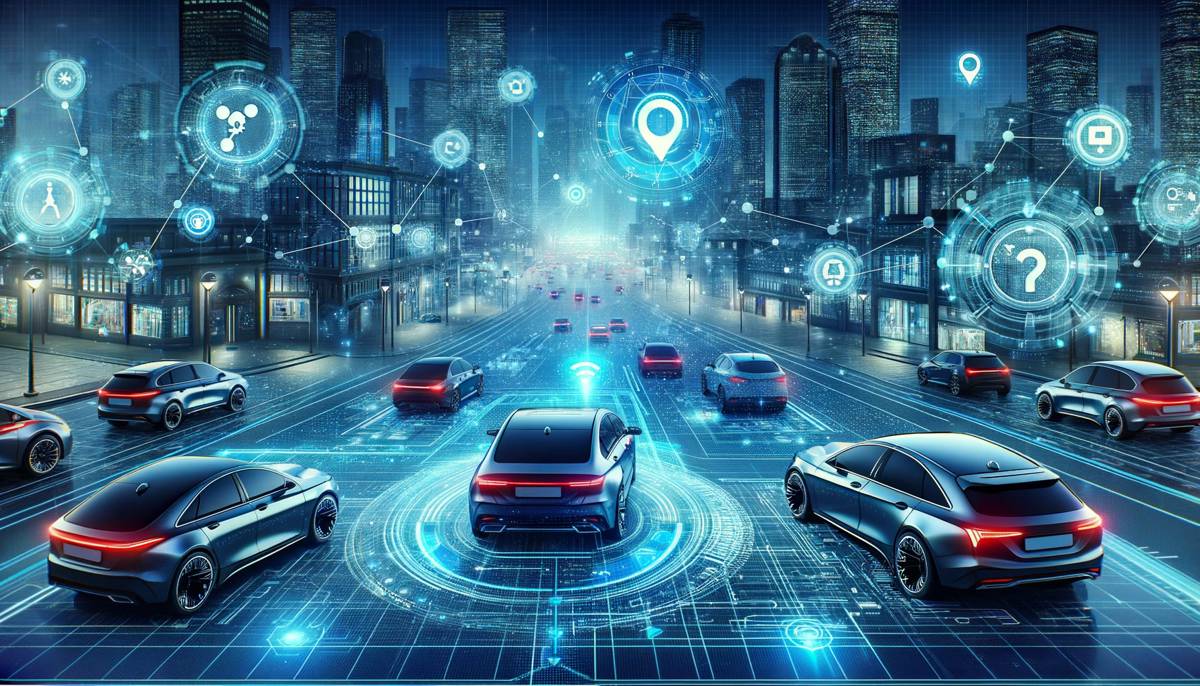
Automated Vehicles and Features
Automated, self-driving vehicles are still in the development stage, however, partial self-driving steps are already in place, such as a system for limiting vehicle speed. With these systems in place, cars cannot accelerate beyond a specific speed, as determined by traffic patterns and weather conditions in a particular area to reduce the risk of accidents. One of the primary goals of vehicle automation is to develop self-driving vehicles to the extent that riders can arrive at their desired destination while avoiding traffic hazards.
Artificial intelligence makes self-driving vehicles a concrete possibility; AI allows cars and trucks to recognize danger in real-time, follow GPS destination and traffic flow indications, and even park without incident. Vehicle systems can be programmed to maintain a desired speed limit, provide forward collision warnings, emergency braking, and manoeuvre in response to traffic patterns; connectivity now also allows for constant communication among vehicles, with the potential to significantly increase safety.
Surveillance System Monitoring
Video security surveillance and highway surveillance cameras can identify road hazards, while advanced camera systems with integrated AI and machine learning can identify poor weather conditions, distracted drivers, and dangerous road traffic patterns. Through the recording of road incidents, AI can register and identify future dangers and issue alerts in real time regarding poor road conditions – conditions that could be due to anything from wet roads to oil spills or simply excessive traffic patterns, at any time.
Traffic lights in networks can be regulated to optimise traffic flow and volume, and maintenance staff can be alerted that immediate intervention is required. Through adaptive traffic control, delays can be reduced and traffic-related emissions monitored and reduced; network control also permits the traffic prioritisation of ambulances, firefighters, and police units in reaching critical locations.
IoT Vehicle Technology
IoT technology integrates connectivity applications to everyday objects and appliances. Already applied to intelligent washing machines, dryers, refrigerators, ovens, dishwashers, and heating and air conditioning units, IoT technology can now also be used to improve road safety and traffic management.
The installation of in-car sensors can facilitate alerting drivers to drowsiness or distracted driving habits. IoT technology can identify speed markers, slippery road conditions, traffic accidents, or stopped traffic by transferring this knowledge to other connected vehicles, allowing drivers more time to react and avoid collisions or overly crowded traffic routes.

Road Safety Telematics
GPS systems and mobile devices, such as smartphones, can digitally transfer information crucial to road safety. Data transfer regarding speed, fuel consumption, and vehicle idling time are just a few examples of data types that can aid in improving road security.
Such collected data can assist greatly in analysing driver behaviours, especially in the event of collisions, knowledge that can be used during driver training to encourage better driving habits. Telematics also provides data to be analysed for improved next-generation traffic management systems.
Vehicle and On-The-Road Cybersecurity
Advanced vehicle and traffic management systems depend on extensive computing, sensors, and electronics; as these technologies advance, cybersecurity becomes imperative to mitigate security risks. Connectivity technology and software vulnerabilities can expose drivers and traffic management systems to potential attacks and unauthorised access. Driver assistance technologies are increasingly essential in preventing crashes, so wireless and wired entry points must be protected from cyberattacks.
Intelligence collection, incident detection, and rapid recovery from cyber incidents are now a priority. Intrusion detection of anomalies, firmware updates, and automotive cybersecurity evaluation methods with continuous periodic risk monitoring are now considered industry best practices.
Final Thoughts
Road safety traditionally referred to speed limit signs and radio traffic alerts. Advancing global road safety technologies is increasing. Now, road safety has never been more promising thanks to security innovations in traffic management systems, including live camera security monitoring, cell phone activity blocking apps, and automatic licence plate readers using AI, 5G, and IoT.
Traffic flow management, safe driving practices, and real-time alerts should contribute to better road conditions and management, and a significant decline in traffic accidents, fatalities, and injuries, meaning better security for everyone on the road.
